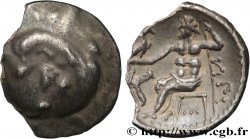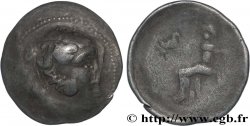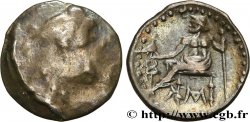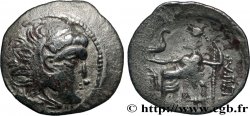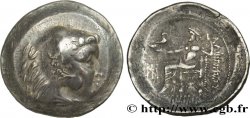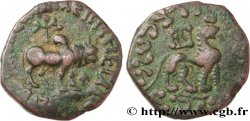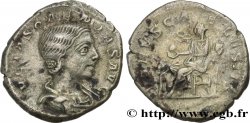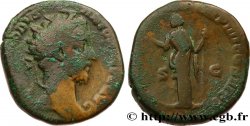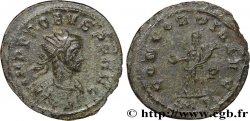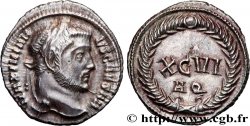bgr_872936 - DANUBIAN CELTS - IMITATIONS OF THE TETRADRACHMS OF ALEXANDER III AND HIS SUCCESSORS Tétradrachme
380.00 €(Approx. 433.20$ | 326.80£)
Quantity
Add to your cart

Type : Tétradrachme
Date: c. IIe siècle AC.
Mint name / Town : Atelier incertain
Metal : silver
Diameter : 27 mm
Orientation dies : 6 h.
Weight : 16,03 g.
Rarity : R2
Coments on the condition:
Exemplaire sur un flan bien centré des deux côtés. Belle tête d’Héraklès stylisée. Joli revers de style fin, de frappe un peu molle. Belle patine de collection ancienne avec des reflets dorés
Catalogue references :
Predigree :
Cet exemplaire provient du stock de Philippe Saive (Metz)
Obverse
Obverse legend : ANÉPIGRAPHE.
Obverse description : Tête d’Héraklès à droite avec une belle léonté.
Reverse
Reverse legend : LÉGENDE ILLISIBLE.
Reverse description : Zeus assis à gauche, tenant un aigle de la main droite et un sceptre long de la main gauche ; monogramme dans le champ à gauche et sous le trône.
Commentary
Imitation du type de Philippe III. Ce tétradrachme est parmi les premières imitations des Celtes de l’Est ; le droit sera rapidement stylisé et dégénéré jusqu’à présenter une masse informe.







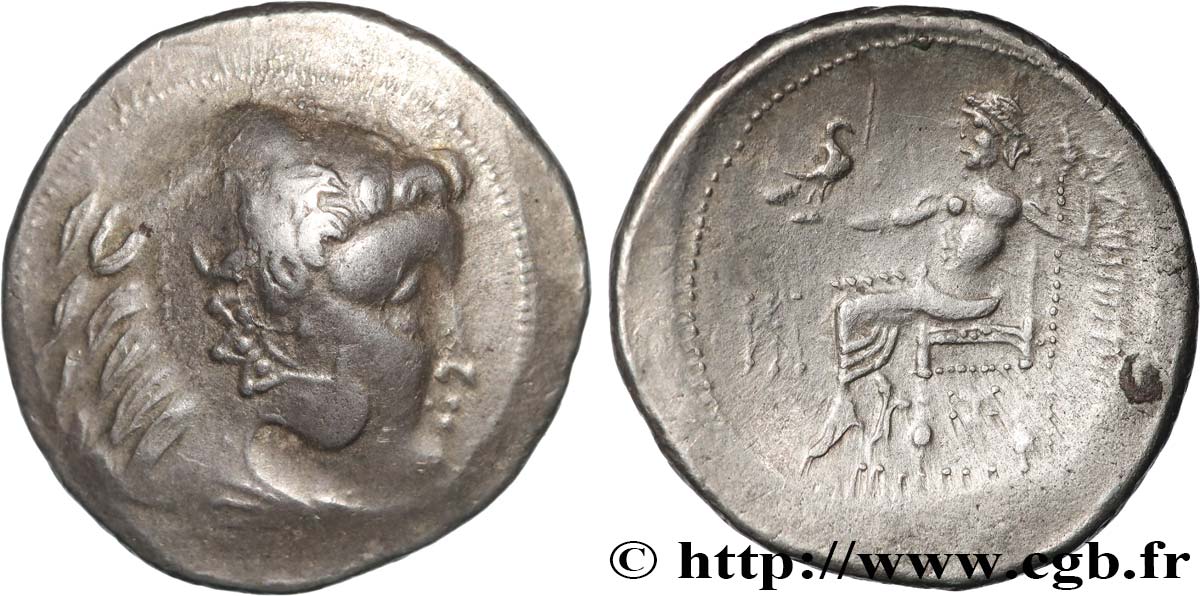
 Report a mistake
Report a mistake Print the page
Print the page Share my selection
Share my selection Ask a question
Ask a question Consign / sell
Consign / sell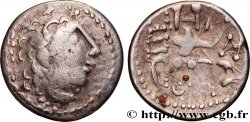
 Full data
Full data